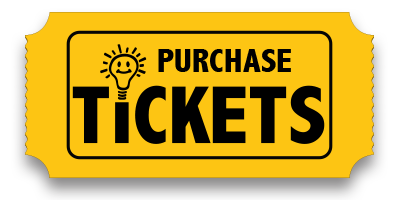The Night Sky
Do you ever look at the night sky and wonder about what’s up there? Or see the moon and think about how it could be made of cheese? Well, we do too! We created activities that all have a Night Sky theme. These activities include things that will help your child develop fine and gross motor skills, problem-solving and engineering skills, and can help them engage in cooperative play, while fostering creativity and perseverance. Each theme also comes with recommended literature and movie connections. Feel free to throw in your own activities that might relate, and don’t forget to post your results to social media and tag @discoverymuse to share with everyone else!
Art Activity/Fine Motor Activity – Starry Night
For this activity, you’ll need to channel your inner Vincent Van Gogh! Grab some coloring materials, paper and imagine a Starry Night! Though this piece of artwork has been replicated often and in a variety of ways, it never fails to be inspired by it.
Directions:
You can use black paper with bright coloring supplies, like oil pastels or paint. You can also use white paper and plan to color a lot of the page with black.
Using loose, curling motions, swirl color around the top of the page in short bursts. It’s as if those short dashes and curving lines create movement on a still page. Use varying shades of the colors you choose to show depth and movement, too. Van Gogh used blues, yellows and whites, but you can make this recreation in any color you’d like – because it’s yours!
When your night sky is complete, draw the village in silhouette. Now, you can draw it similar to Van Gogh, or you can create your own version of a town. Maybe you want to include houses, or animals, or trees, or a city skyline.
When your artwork is complete, make sure you sign it at the bottom with your artists’ mark. And then, display it proudly!
Science Activity – Pocket Solar System
It’s very hard to think about everything in space, especially when things are so far away that we can’t see them in the night sky without a strong telescope. Scientists have calculated the distance of the planets in our solar system using these strong telescopes and lots of math! Thankfully we don’t need to do as much math as they do to create a pocket solar system.
Cut a long piece of paper, as long as you can get. If you have trouble finding long paper, newspaper works great. Measure about one yard (three feet – 36 inches) to use for your pocket solar system.
At one end, label it sun. At the other end, label it Pluto/ Kiuper Belt. Fold the paper in half, with the Sun side meeting the Pluto side. Unfold and label the fold line as Uranus.
Fold Pluto toward Uranus. Unfold and label that fold line as Neptune. Fold the sun side to meet Uranus. Label that line as Saturn. Fold the sun side toward Saturn. Label that fold line as Jupiter.
Fold the sun toward Jupiter. Label this fold sign Asteroid Belt. Now fold the sun toward the Asteroid Belt. Then label that fold line as Mars.
The final folds are multiple-steps. Fold the sun toward Mars, then fold the folded edge toward Mars, also. Open all the folds – there should be three fold lines. From Mars, they are Earth, Venus and Mercury, with Mercury being the closest to the Sun.
These are all rough estimations of the distances between planets. Observe how closely the inner planets (Mercury, Venus, Earth and Mars) are located to each other, compared to the outer planets.
Physical Activity – Jump Through the Solar System!
Get some of those wiggles out while learning a little about the names and order of the planets in the solar system. Grab a jump rope and follow along, or create your own tune to help you remember them all! (This is a great way to get your body moving, get out a little energy and a fun way to practice something you need to remember.)
Mercury, Venus, Earth and Mars,
The first 4 planets among the stars!
Mercury, Venus, Earth and Mars,
Do you know what planet is ours?
Earth!
Can you spell it? E-A-R-T-H!
Jupiter, Saturn, Uranus, Neptune
We’ll be through the Solar System real soon!
Jupiter’s the biggest, Saturn has the rings,
Uranus’s moons are named after Shakespeare things!
Neptune is cool, we’re not done though,
Don’t forget about little Pluto!
Planets and moons and lots of stars,
The Milky Way Galaxy spreads really far!
Conversation Starters and Research Questions
- What constellations do you see?
- What are some stories you know about the moon?
- Do you know anyone who was alive during the moon landing in 1969? How old were they and do they remember it?
Videos and Websites
Click the words below to be taken to the links.
Sesame Street-Style Stars Video
Planet Song (and then some!) Video
Movie/Literature Connection:
Because we know you’re stuck at home with limited access to movies and books, we tried to compile a list that connects to today’s theme that you might already have in your collection or be able to access online. These include:
Movies:
- Zathura
- Wall-e
- Space Buddies
- Space Jam
- Treasure Planet
- Muppets from Space
Books: Click on the links to be taken directly to a read-aloud of these books
- Goodnight, Moon by Margaret Wise Brown (read by LeVar Burton to Neil deGrasse Tyson!)
- A Big Mooncake for Little Star by Grace Lin
- Star Gazers by Gail Gibbons
- Spots of Light: A Book About Stars by Dana Rau
- Mae Among the Stars by Roda Ahmed
- Zoo in the Sky: A Book of Animal Constellations by Jacqueline Mitton
- Mae Among the Stars by Roda Ahmed
- Once Upon a Starry Night: A Book of Constellations by Jacqueline Mitton
- Look Up with Me: Neil DeGrasse Tyson: A Life Among the Stars
- Hedgie Blasts Off by Jan Brett


